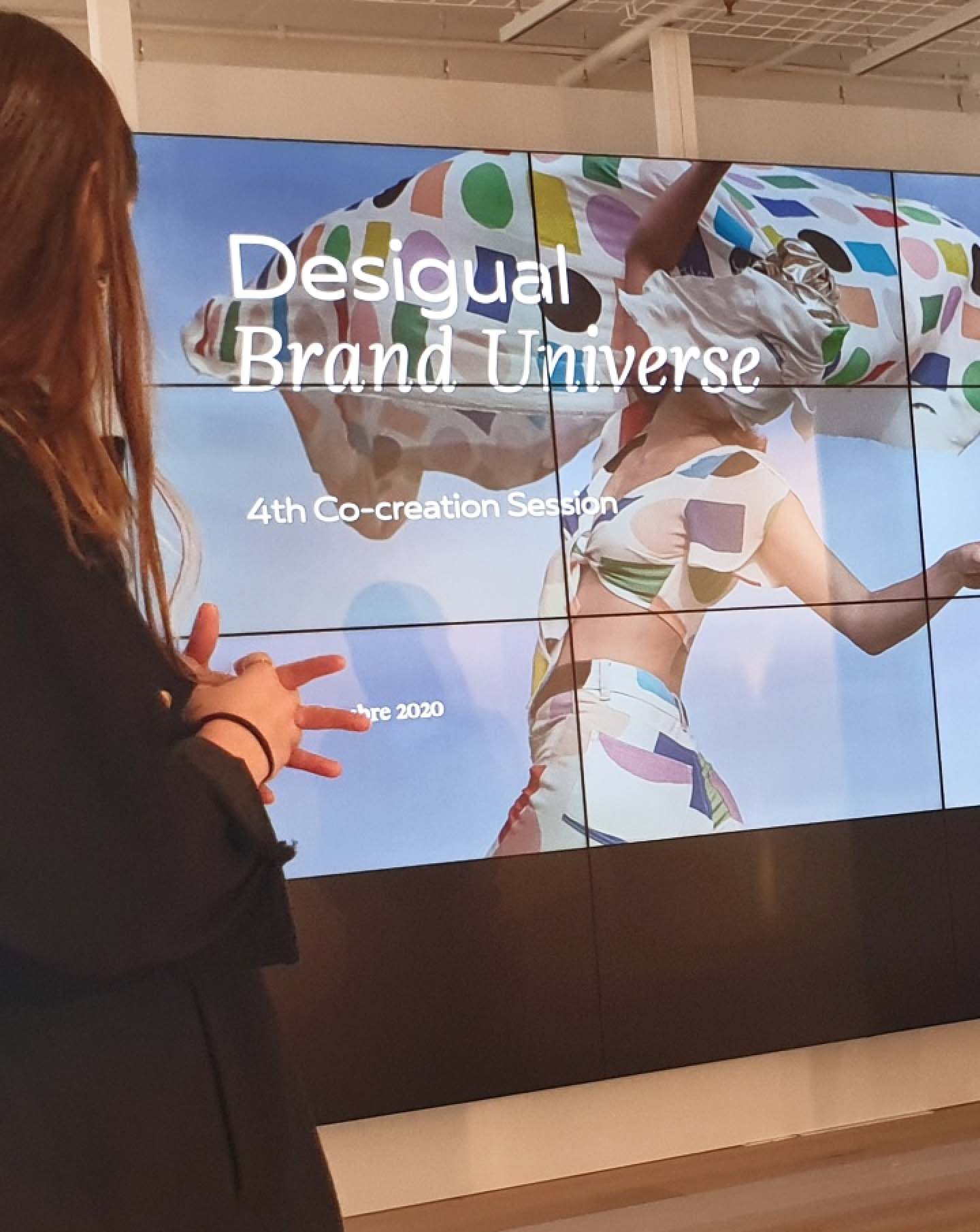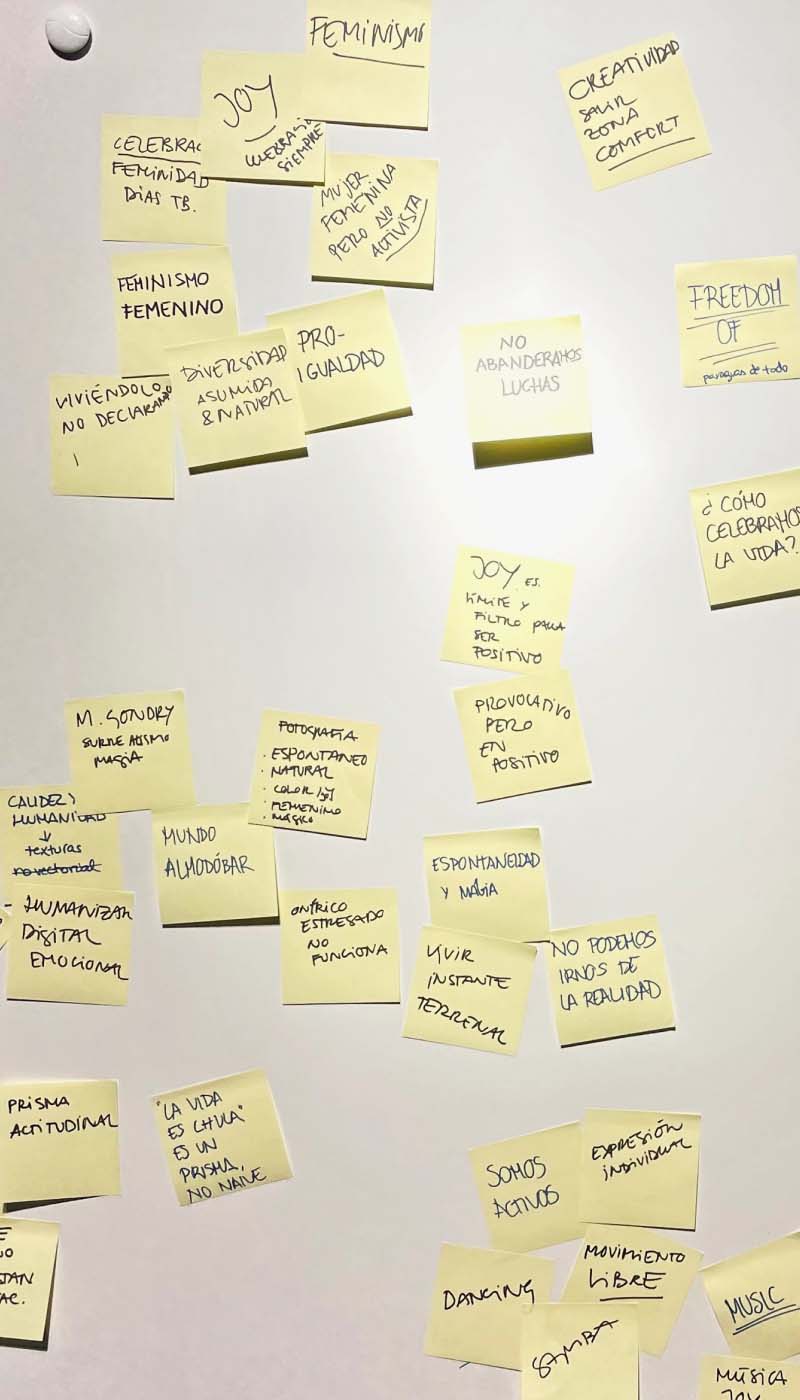Cultural
Switch

Organizational culture is inherent to any company and is formed as a result of the team and the way it does business. Its vision of the world, its values and its beliefs are part of this brand culture, and it is the way in which the company communicates internally and establishes contact with the outside world, thus differentiating itself from the rest and uniting its employees to position itself in the environment. Understanding and defining one's own brand culture helps to give personality to the organization and establish a positioning strategy.

Why do we
need one?
A bad brand culture can not only cause problems in the functioning of internal work teams, but also jeopardizes the coherence of the brand positioning towards the outside world. An appropriate culture change is an excellent tool to build commitment, agree on a management philosophy, motivate staff and facilitate socialization. Internal messages will then be reflected in the employees’ benefits and they will convey this consistently to the end customer.
What does it
consist of?
1
Reviewing core values
The first thing to do is to take a look at the fundamental pillars that were established at the beginning. The values, mission and vision for the future are part of this brand culture and need to be reviewed to make sure they still work for the organization. If they do not, it’s vital to rethink where the company wants to go and probe each of its members to find out which values are still in place.

2
Setting goals
While company culture is a dynamic element that is shaped by the people who make up the organization, it’s crucial to discover the ideal brand culture for each type of company. This means definition down to the finest detail, such as how managers interact with their employees, meeting dynamics, workspaces – be they creative or individualized – and everything that goes along with the inner workings of the organization.

3
Reviewing the existing culture
Once we have defined an ideal brand culture, we need to find out how far we are from it. Here, we analyze the company and determine what kind of organizational culture it currently follows, looking at the existing elements (or lack thereof) that prevent a strong company culture. Communication, commitment, transparency, growth, opportunities and motivation are some of the factors to pay attention to in order to understand our company culture.

4
Establishing a plan
Once the company's areas for improvement have been identified, a strategy is developed to progressively transform its culture. Here, a timetable is established with concrete actions: management training on leadership and team relations, HR training to define values, organization of events, feedback actions among employees, and benefits and rewards can be established for those who promote this new brand culture.

5
Tracking progress
Finally, to ensure that the strategy is successful, we should evaluate the progress of the plan as it is being implemented. This can be conducted by observing the methodology, soliciting feedback from the team with personal or anonymous surveys, and seeing how this is reflected in external communication, positioning and sales.

FAQS
-
How do we know when to change culture?
The culture of an organization is like the wind, you can't see it, but you can feel its effect. When it blows in our direction it is easy, but when it blows against us it is impossible. Our duty here is to know when our company is going against what we set as core values, and start to probe with surveys, assessments and methodological observation to find out if employees are still aligned or if an intervention is needed.
-
Is it necessary to change the brand culture in order to position the brand?
The positioning of a brand seeks identification and differentiation with respect to the competition. A product or service is easy to copy, but the knowledge, experience and talent of the people who make up an organization are much more difficult to replicate. We could say that a company's behaviours, personality and competence are the extent of its positioning strategy.
-
How does brand culture help sales?
Both positioning and culture directly affect the final purchase decision. Customers are not attracted simply by product attributes, but because these attributes, together with the brand image, service, employee attitude and many other factors, create an attractive whole – an entirety that not even the customer knows or can say they want, but rather an intangible whole that translates into positive perception and increased sales.
-
How long does a culture change take?
Cultural change does not happen overnight. Behaviours are deeply ingrained in people, and moving employees towards another vision requires effort and an understanding of what motivates people to change. This is why a long-term strategic plan is put in place that progressively improves and is dynamic enough to adapt to reactions and new situations.
Let's talk
Together,we cancreatesomethingextraordinary
We will collaborate to find the right answer and bring progress to your business and to the world.

